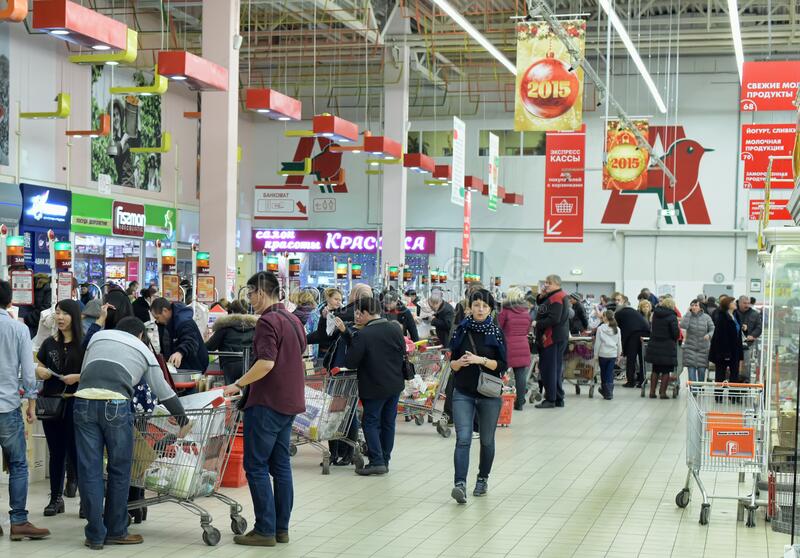
Caution: Subsequent to perusing this article, you won’t ever from now onward stand in a line without pondering how to make your stand by time more limited. What’s more, as a specialist in tasks the executives, I’m here to get the news out that occasionally a more extended line may really be something to be thankful for.
My family is utilized to my proclaiming. On a new shopping journey, we heard an eager client exclaim, “For what reason is this line so lengthy?” To which my little girl answered, with a glare toward me, “Don’t consider enlightening him regarding lining hypothesis.”
It took extensive limitation not to address his inquiry. In any case, I was simply blissful understanding that my little girl realizes the distinction between single-server and numerous server lining models.
Lining hypothesis is the numerical science behind why the line is so lengthy. A line is simply one more word to portray a line of things hanging tight – whether it’s kin holding on to get a free frozen custard or another vehicle traveling through the mechanical production system.
Plan to arm yourself with some lining hypothesis fundamentals to assist you with overcoming the crowds while seasonal shopping.
At the point when the line stretches around the block
Obviously there can be many purposes behind a long queue.
Perhaps a retail chief is resentful and needs to see each client fly off the handle. In any case, that is not a decent business methodology and presumably an impossible justification behind a long queue.
Another chance is that the director puts more worth on her expenses to offer a support – for this situation, staffing enough to ring up your buy rapidly – than on your time sitting tight for that help. This situation is a more probable explanation, yet not a decent long haul business methodology. Despite the fact that it’s not difficult to accept some adaptation of this is at the foundation of your line-holding up burdens, it’s regularly not the explanation.

Or on the other hand maybe you’re hanging tight for a help that is profoundly pursued by many individuals. For this situation, the line could show exactly that you are so shrewd to be hanging tight in it for your portion of anything that’s at the opposite end. This sounds promising, however is seldom the situation. It’s rare you set up camp for first column tickets or to be quick to get some new device.
The most probable situation is that you’re misconception the way in which the line is planned. Seeing a line snake to and fro across the width of a store multiple times can be misleading with regards to how long you may really need to pause. In what might seem, by all accounts, to be an extremely lengthy line, the help rate can be great to the point that the line moves rapidly.
Getting to the math of the matter
This idea of framework configuration lays on a numerical hypothesis called Little’s Regulation. It’s named after its maker, John Dutton Conant Little, a MIT teacher who spends significant time in tasks research.
Little’s Regulation gives the numerical that a scientist like me can use to look at changed framework plans utilized in different occurrences of stalling lines. It expresses that over the long haul, the quantity of clients in a framework is equivalent to their pace of appearance duplicated by the normal time they spend in that framework.
A few lines have administration times that differ – like at the mail center. Some have administration times that are fixed – like a motorized vehicle wash. Exceptional equations apply to every situation to assist tasks administrators with planning the best framework for their business.
With the Little’s Regulation condition and my own stopwatch, I’ve demonstrated again and again that a more drawn out line may really be a superior line. Allow me to make sense of.
Envision what is happening where you have numerous more limited lines, each being served by its own clerk. Call it the supermarket model, or the single-server model, all the more formally. You can leave rapidly provided that you accurately surmise which line will move the fastest. Also, on the off chance that you’re in any way similar to me, you will undoubtedly wager on some unacceptable line.

Yet, a solitary, longer queue, being served by numerous representatives – think banking, the engine vehicle office or air terminal security – is quicker for everybody, despite the fact that it looks significantly longer than whatever you’re accustomed to seeing in different frameworks.
The principal reason is that assuming that there’s a cost check, a return or another exceptionally sluggish client, that defer influences just that clerk straightforwardly managing what is going on. The remainder of the line keeps on moving along. The postponement at one clerk gets dispersed across the whole framework in the various server model, rather than totally slowing down that one line, as in the single-server model we find in the supermarkets.
So regardless of whether you see an extremely lengthy line, for however long it’s the main choice, you ought to be satisfied. You don’t need to figure which line to get in. Little’s Regulation means a solitary long queue is the most attractive method for getting everybody out of there as quick as could be expected.

